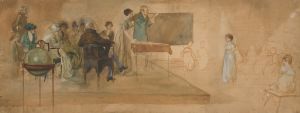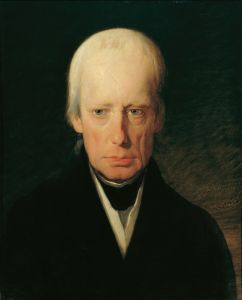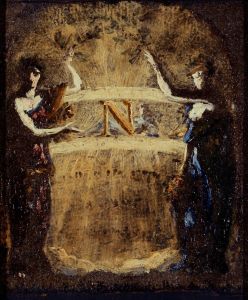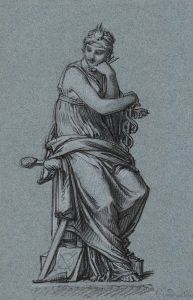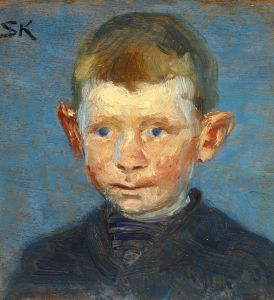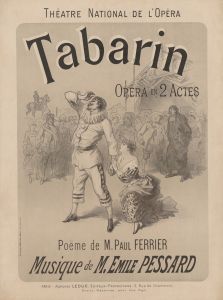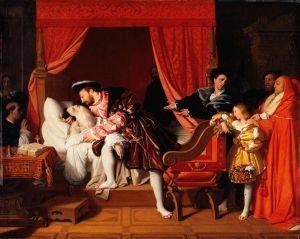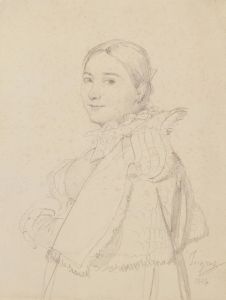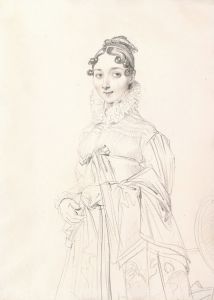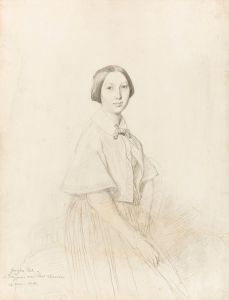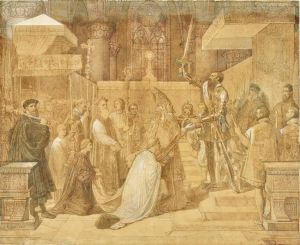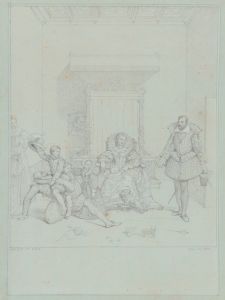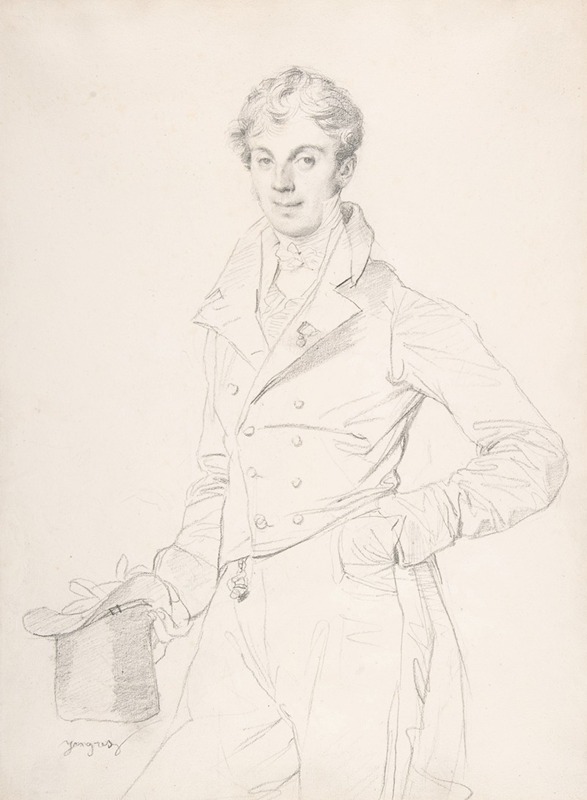
Lancelot-Théodore, comte Turpin de Crissé
A hand-painted replica of Jean Auguste Dominique Ingres’s masterpiece Lancelot-Théodore, comte Turpin de Crissé, meticulously crafted by professional artists to capture the true essence of the original. Each piece is created with museum-quality canvas and rare mineral pigments, carefully painted by experienced artists with delicate brushstrokes and rich, layered colors to perfectly recreate the texture of the original artwork. Unlike machine-printed reproductions, this hand-painted version brings the painting to life, infused with the artist’s emotions and skill in every stroke. Whether for personal collection or home decoration, it instantly elevates the artistic atmosphere of any space.
Jean Auguste Dominique Ingres, a prominent French Neoclassical painter, created the portrait of Lancelot-Théodore, comte Turpin de Crissé in 1809. This artwork is a significant example of Ingres' early portraiture, showcasing his meticulous attention to detail and his ability to capture the essence of his subjects with precision and clarity.
Lancelot-Théodore Turpin de Crissé was a French aristocrat, art collector, and amateur artist. He was born in 1782 and became known for his contributions to the arts, particularly through his collection and patronage. Turpin de Crissé's interest in the arts and his status in society made him an ideal subject for Ingres, who was establishing his reputation as a portraitist during this period.
Ingres' portrait of Turpin de Crissé is characterized by its refined elegance and the artist's signature linear style. The painting depicts Turpin de Crissé in a composed and dignified manner, reflecting both his social standing and personal character. Ingres' use of line and form is evident in the precise rendering of the subject's features, clothing, and the subtle play of light and shadow that adds depth to the composition.
The portrait is notable for its simplicity and restraint, typical of Ingres' approach to portraiture. Unlike some of his later works, which are known for their elaborate compositions and rich color palettes, this painting focuses on the sitter's face and upper body, with minimal background distractions. This approach allows the viewer to engage directly with the subject, emphasizing Turpin de Crissé's presence and personality.
Ingres' skillful use of line is particularly evident in the rendering of Turpin de Crissé's attire, which is depicted with great attention to detail. The textures of the fabrics, the intricate patterns, and the subtle play of light on the surfaces are all captured with precision, showcasing Ingres' technical prowess and his dedication to realism.
The portrait of Lancelot-Théodore, comte Turpin de Crissé is housed in the Musée Ingres in Montauban, France. This museum is dedicated to the works of Jean Auguste Dominique Ingres and contains a significant collection of his paintings, drawings, and personal artifacts. The inclusion of this portrait in the museum's collection highlights its importance within Ingres' oeuvre and its relevance to the study of early 19th-century French portraiture.
Overall, the portrait of Lancelot-Théodore, comte Turpin de Crissé exemplifies Ingres' early mastery of portraiture and his ability to convey the character and status of his subjects through his distinctive artistic style. The painting remains an important work for understanding both Ingres' development as an artist and the cultural milieu of early 19th-century France.





